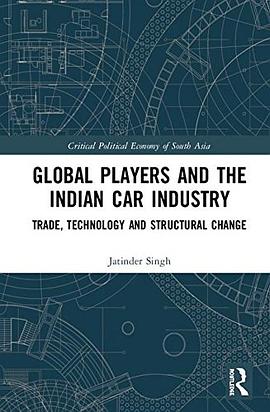The Carpet Industry: A Global Perspective
The carpet industry is a thriving global sector that has seen significant growth in recent years. With a rich history dating back centuries, it has evolved to become a highly competitive and innovative field. Today, the industry is characterized by a diversity of materials, styles, and production techniques, offering consumers a wide range of choices. From traditional hand-knotted rugs to modern machine-made carpets, the industry continues to evolve, meeting the changing needs of the market. However, the future of the carpet industry remains uncertain, with challenges such as rising labor costs, changes in consumer preferences, and environmental concerns impacting its sustainability. Despite these challenges, the industry remains resilient and is expected to continue growing in the coming years, driven by innovation and creative design.
The carpet industry is a thriving and diverse sector that encompasses a wide range of materials, styles, and applications. From traditional woven rugs to modern, high-end carpet tiles, the industry caters to a variety of tastes and needs. In this article, we will explore the global carpet industry, covering its history, current market landscape, and future trends.
The History of the Carpet Industry
The carpet industry can be traced back to ancient times, with evidence of carpeting found in Persia, China, and Egypt. These early carpets were often hand-knotted and woven from natural fibers such as wool and silk. Over time, the industry spread to Europe and became a thriving trade. In the 19th century, the invention of the mechanized loom transformed the industry, allowing for mass production of carpets.

The Modern Carpet Industry
Today, the carpet industry is a global enterprise, with China, India, and Pakistan leading in production volume. The industry caters to a wide range of tastes and needs, from budget-friendly options to high-end designer carpets. It also encompasses a variety of materials, including synthetic fibers such as nylon and polyester, as well as natural fibers like wool and silk.
The carpet industry plays a significant role in the global economy, generating billions of dollars in revenue each year. However, it also faces several challenges, including competition from low-cost countries and the need to innovate to stay competitive.
Future Trends in the Carpet Industry
The future of the carpet industry looks set to be shaped by several key trends. Firstly, there is a growing trend towards sustainability and eco-friendly products. This is driven by consumer demand for environmentally friendly products, as well as government policies promoting sustainable manufacturing. As a result, many carpet manufacturers are turning to renewable and recyclable materials, such as bamboo and corn-based fibers.

Secondly, there is a shift towards personalized and customized products. With the rise of technology, it is now possible to create customized carpets that meet individual tastes and needs. This is driving a trend towards unique and one-of-a-kind carpets, which are often made using traditional craftsmanship techniques.
Thirdly, there is an increasing focus on innovation and technology. Many carpet manufacturers are investing in new technologies that can enhance the look, feel, and performance of their products. For example, nanotechnology is being used to create self-cleaning and temperature-regulating carpets.
Finally, the rise of e-commerce is transforming the way we buy carpets. Online platforms are making it easier than ever for consumers to find, compare, and purchase carpets from around the world. This has opened up new opportunities for both manufacturers and consumers alike.
In conclusion, the carpet industry is a thriving and diverse sector that caters to a variety of tastes and needs. From traditional woven rugs to modern, high-end carpet tiles, the industry continues to evolve and innovate to meet the changing needs of consumers. In the future, we can expect to see continued growth in the industry, driven by sustainability, personalization, innovation, and e-commerce.
Articles related to the knowledge points of this article:
Title: The Allure of Korean-Style Ties: A Cultural Delight for the Fashion-Forward
Title: The Evolution of Mens Tie Styles: A Comprehensive Guide
Title: The Art of Tie Knotting: A Comprehensive Guide to Tie Tying Techniques
Feather and Down Production in the Modern Economy
Title: Fathers Day Tie Craft Tutorial: A Guide to Creating a Personalized and Handmade Gift



